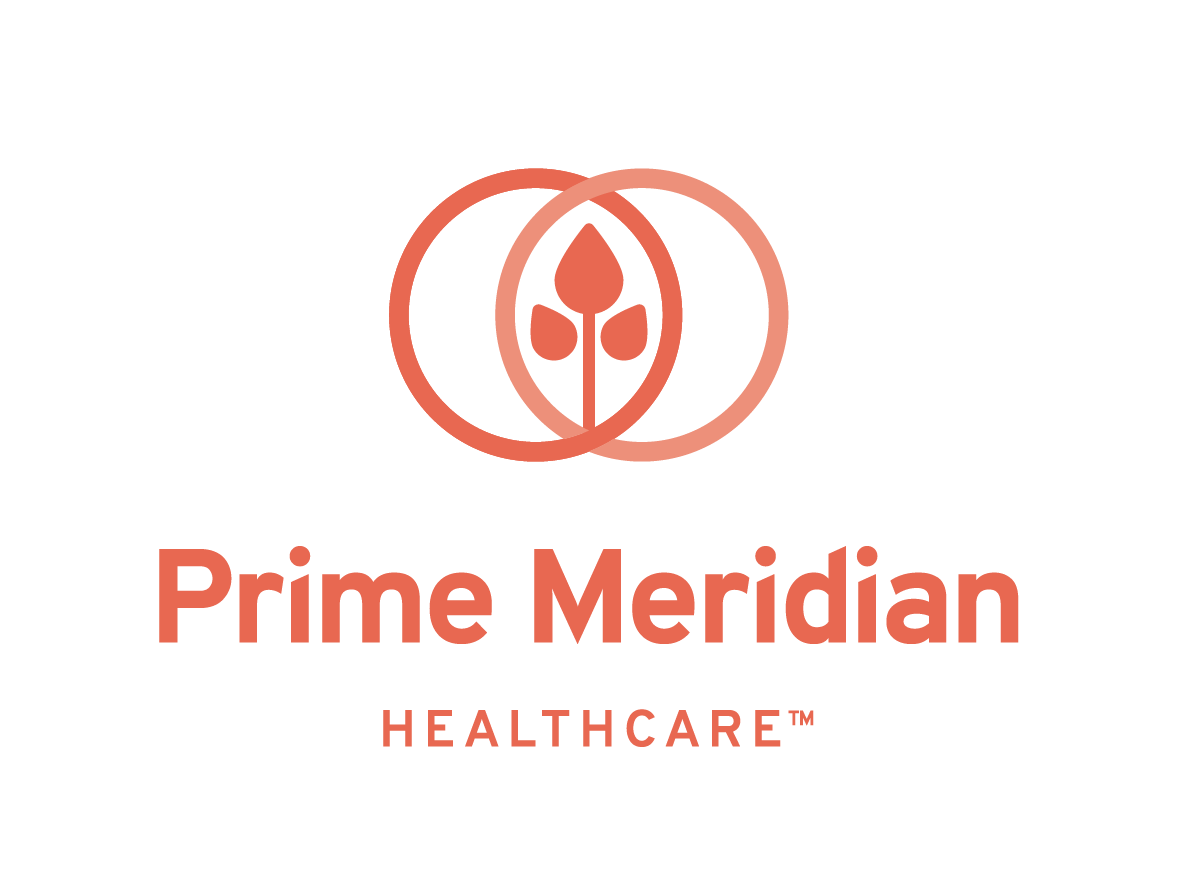Melanoma Awareness

May has been designated National Skin Cancer Awareness Month, with the first Monday in the month labeled “Melanoma Monday.” The spring and ensuing summer provide the ultimate landscape for outdoor fun, but it’s important to be informed and aware of the dangers of excessive UV radiation exposure. Being informed about the deadliest form of skin cancer and proactive about skin health is the best way to enjoy the sun while minimizing melanoma risk.
What Is Melanoma?
Skin cancer is the most common form of cancer among U.S. adults, with 1 in 5 being diagnosed with some form by the age of 70. In fact, more people are diagnosed with skin cancer each year than all other forms of cancer, combined (1). Melanoma is a specific kind of skin cancer that is the result of uncontrollable growth of melanocytes, the cells that are responsible for the color in skin. Although it represents only about 1% of all skin cancer diagnoses, melanoma readily spreads to other parts of the body if not treated early and therefore results in the most skin cancer deaths (2).
Melanoma generally originates in the top layer of skin, known as the epidermis, which contains three types of cells: squamous, basal, and the melanin producing melanocytes. Melanoma cancer cells often are capable of producing melanin, so the tumors may present as brown or black irregular moles. However, they usually appear as normal-looking skin on areas that receive the most sunlight such as the chest, back, legs, or face. Dark skin has larger melanocytes that produce more skin-protecting melanin, so those with naturally dark skin do have a reduced risk of developing melanoma, but it may still develop on lighter patches of skin on the palms of the hands, soles of the feet, or under nails (3).
According to the Skin Cancer Foundation (4):
Approximately 110,000 cases of melanoma are diagnosed in the U.S. each year. About half are noninvasive (isolated to the epidermis) and the other half invasive (penetrating into the second layer of skin—the dermis).
Melanoma is the fastest growing cancer in the U.S. and globally, with diagnoses and deaths increasing at a rate of nearly 5% per year.
Over 7,000 people die of melanoma each year in the U.S., approximately 2 out of 3 being male.
Across all stages, 5-year survival rate for melanoma is 93% and for those whose melanoma is detected early and receive treatment within 30-days of biopsy, survival rate is over 99%.
While irregular moles are one of the primary warning signs, 70%–80% of melanomas are found on normal-looking skin.
History of sunburns and use of tanning beds are the most significant controllable risk factors for development of melanoma, but melanoma can develop even if you have never had sun damage.
How to Identify Melanoma
Although it can develop without abnormal skin changes, it is important to watch out for the “ABCDEs” of melanoma.
Asymmetrical
Irregularly shaped moles, such as having two distinct halves, may indicate melanoma.
Border
Irregular, notched, or scalloped borders are a characteristic of cancerous moles.
Color
Moles with multiple colors and uneven color distribution may signify an abnormality.
Diameter
Moles larger than ¼ of an inch with new growth may indicate cancerous growth.
Evolving
Look for changes over time in the size, color, and shape of skin moles.

The Benefits of Sunshine
The risk of developing melanoma is real, but so are the benefits of sunshine, when following safety guidelines and enjoying the sun in moderation. Have you ever heard of seasonal affect disorder (SAD)? It is believed that mental health issues increase during the winter because of a decreased exposure to sunlight, which may help regulate secretion of serotonin, the “feel good hormone” (5). SAD occurs in as much as 3% of the population, with risk progressively increasing the further one lives from the equator (6). Furthermore, multiple studies have shown an association between lack of sunlight and increased risk of other mental health issues (7). Regular exposure to sunlight is also critical to physical health in a variety of other ways:
- Vitamin D, which plays an important role in bone health, immune system function, and blood sugar regulation, is primarily produced in the skin in response to exposure to ultraviolet-B radiation (8).
- There is a growing body of evidence suggesting that exposure to sunlight protects against high blood pressure and may even decrease cardiovascular disease (CVD) risk (9).
- Although excessive exposure increases the risk of melanoma, a moderate amount of sunshine decreases the risk for various forms of cancer, such as colon, ovarian, prostate, and pancreatic (10).
- Sun exposure is among the most effective treatments for skin conditions such as psoriasis, eczema, and acne (11).
- Exposure to sunlight helps the body regulate your circadian rhythm, your natural sleep-wake cycle. Regular exposure to sunlight helps you regulate melatonin (a hormone that helps with sleep) levels and may improve sleep quality (12).
- Sun exposure appears to be positively associated with better cognitive function in old age. Researchers believe this is due to increased serum 25(OH)D concentrations (a form of vitamin D produced in the liver through hydroxylation of vitamin D3) (13).
The risk for developing melanoma is a combination of genetic and environmental risk factors. To date, scientists have identified 54 genetic loci associated with melanoma risk (14). Nonetheless, the most effective way to minimize risk is through being smart about your exposure. Like many things, with UV radiation, the dose is the poison: adequate sun exposure promotes mental and physical health, while too much can be toxic.
Safe Ways to Enjoy the Sun
As spring brings out the sun, it is important to keep in mind how you can safely enjoy the health-promoting benefits of increased sun exposure.
Clothing: the first step in minimizing UV radiation damage is to cover high exposure areas with clothing. Whether at the pool or on a hike, wear a wide-brimmed hat, sunglasses, and breathable, sweat-wicking clothing.
Sunscreen: one study found that regular use of sunscreen in childhood reduced future risk of melanoma by 40% (15). Other clinical trials have shown similar results with use of SPF-30 or higher sunscreens in individuals at least 6 months of age (16). If you are going to spend a significant amount of time in the sun, apply sunscreen to high exposure areas such as the face, arms, legs, and hands.
Don’t get burned: history of sunburn, especially on the torso, has been shown to be among the greatest predictors of future melanoma risk (17). A burn is the first sign of the molecular damage that UV rays have caused to the structure of your skin. Try to avoid extended outdoor activities between 11am and 3pm (when sunlight is at its peak) and if you are beginning to burn, go inside.
The sun’s rays provide life, but can be dangerous when safety guidelines are not followed. Melanoma can generally be treated, but it’s important to be proactive and minimize risk by following exposure, clothing, and sunscreen recommendations. If you have a history of sunburns or notice any of the characteristic signs of melanoma, contact your Prime Meridian™ Healthcare provider for a consultation.
References
1
American Cancer Society. Cancer Facts and Figures 2021
4
Skin Cancer Foundation
7
Vitamin D and Depression: Where is all the Sunshine?
Penckofer S., et al.
10
Vitamin D and Sunlight: Strategies for Cancer Prevention and Other Health Benefits
Holick M.
13
Effect of sun exposure on cognitive function among elderly individuals in Northeast China
Gao Q., et al.
16
The efficacy and safety of sunscreen use for the prevention of skin cancer
Sander M., et al.
2
US Department of Health and Human Services
5
Sunshine, Serotonin, and Skin: A Partial Explanation for Seasonal Patterns in Psychopathology?
Sansone R. and Sansone L.
8
Vitamin D: The “sunshine” vitamin
Nair R. and Maseeh A.
11
Sun exposure induces rapid immunological changes in skin and peripheral blood in patients with psoriasis
Soyland E., et al.
14
Genome-wide association meta-analyses combining multiple risk phenotypes provide insights into the genetic architecture of cutaneous melanoma susceptibility
Landi M., et al.
17
History of Severe Sunburn and Risk of Skin Cancer Among Women and Men in 2 Prospective Cohort Studies
Wu S., et al.
3
Skin Cancer Concerns in People of Color: Risk Factors and Prevention
Gupta A., et al.
6
Seasonal Affective Disorder: An Overview of Assessment and Treatment Approaches
Melrose S.
9
Association of sun and UV exposure with blood pressure and cardiovascular disease: A systematic review
Scragg R., et al.
12
Linking Light Exposure and Subsequent Sleep: A Field Polysomnography Study in Humans
Wams E., et al.
15
Sunscreen Use and Melanoma Risk Among Young Australian Adults
Watts C., et al.


